People of India: Jammu & Kashmir (Volume XXV)
Synopsis
The Anthropological Survey of India launched the People of India project of 2 October 1985 to generate an anthropological profile of all communities of India, the impact on them of change and development process and the links that bring them together. As part of this all-India project the first ever ethnographic survey of all communities of present day Jammu & Kashmir state (111) was taken up in collaboration with local scholars. The results of the survey were discussed at the workshops held in Srinagar in June and October 1986, and in Jammu in October 1987 and April-May 1991. Discussions were also held in Leh in 1992. The identity of Jammu & Kashmir described as the crown of India has evolved through history. It was the abode off the Naga people followed by other peoples in all periods of history. During the colonial period Dogras brought together five eco-linguistic and cultural regions to form their kingdom that lasted almost a hundred years. The state of Jammu & Kashmir which was left with the three regions after independence is still the most diverse region in the country, a meeting ground of religions and cultures, languages and ethnic types. The Kashmir Valley through history remained the nerve center of power and politics, culture and civilization. The state as a whole is characterized by a range of heterogeneity in terms of social divisions, such as kram, multilingualism, large complex and stratified communities, traits such as non-vegetarianism, many links with environment and ecology, a delightful way of adopting and discarding surnames, distinctive dress patterns and headgear, various forms of marriage, such as marriage by exchange, marriage by service, marriage by contract (muta), polyandry, village exogamy, etc. Each region has unique traits and variation. In the first years of independence the state made considerable progress in education. Effective implementation of land reforms resulted in redistribution of surplus land among members of a large number of communities. However later the censuses returned low level of literacy particularly female literacy, adverse sex ratio and adverse girl child sex ratio in the age group of 7 years and above. Kashmiriyat is the ethos shaped by ecology, history, a unique blend of Hindu Buddhist, and Islamic traditions and centuries old traditions of interaction, interdependence, understanding and tolerance. Though Kashmiriyat and similar ethoses are under stress, the voices of moderation are still heard and traditions of tolerance are alive.
Read more
40.50
36.45
$
45.00 $
Free delivery Wolrdwidе in 10-18 days
Ships in 1-2 days from New Delhi
Membership for 1 Year $35.00
Get it now and save 10%
Get it now and save 10%
BECOME A MEMBER
Books by the same authors

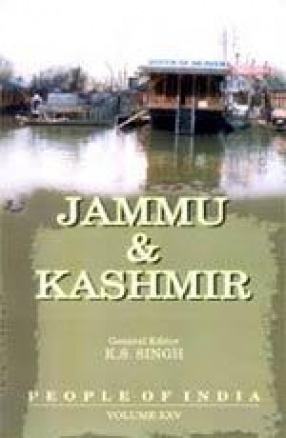
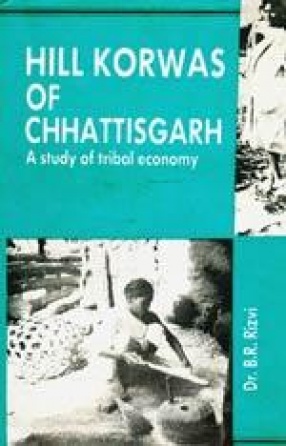
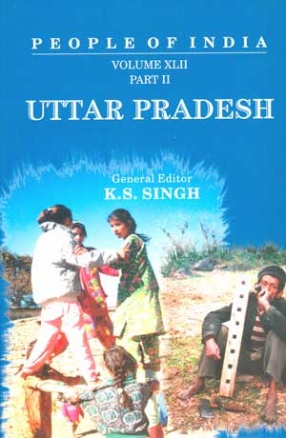
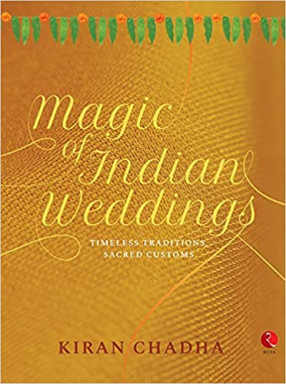
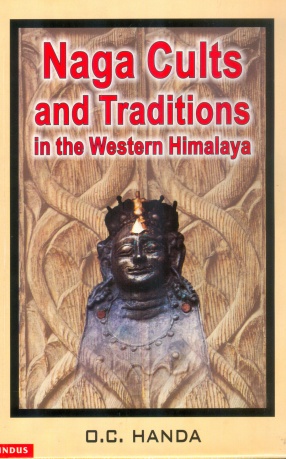
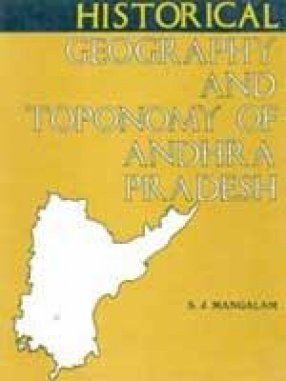
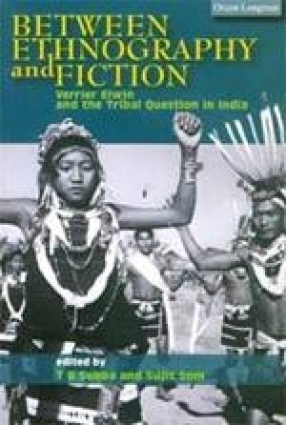

Bibliographic information
S.D.S. Charak
B.R. Rizvi